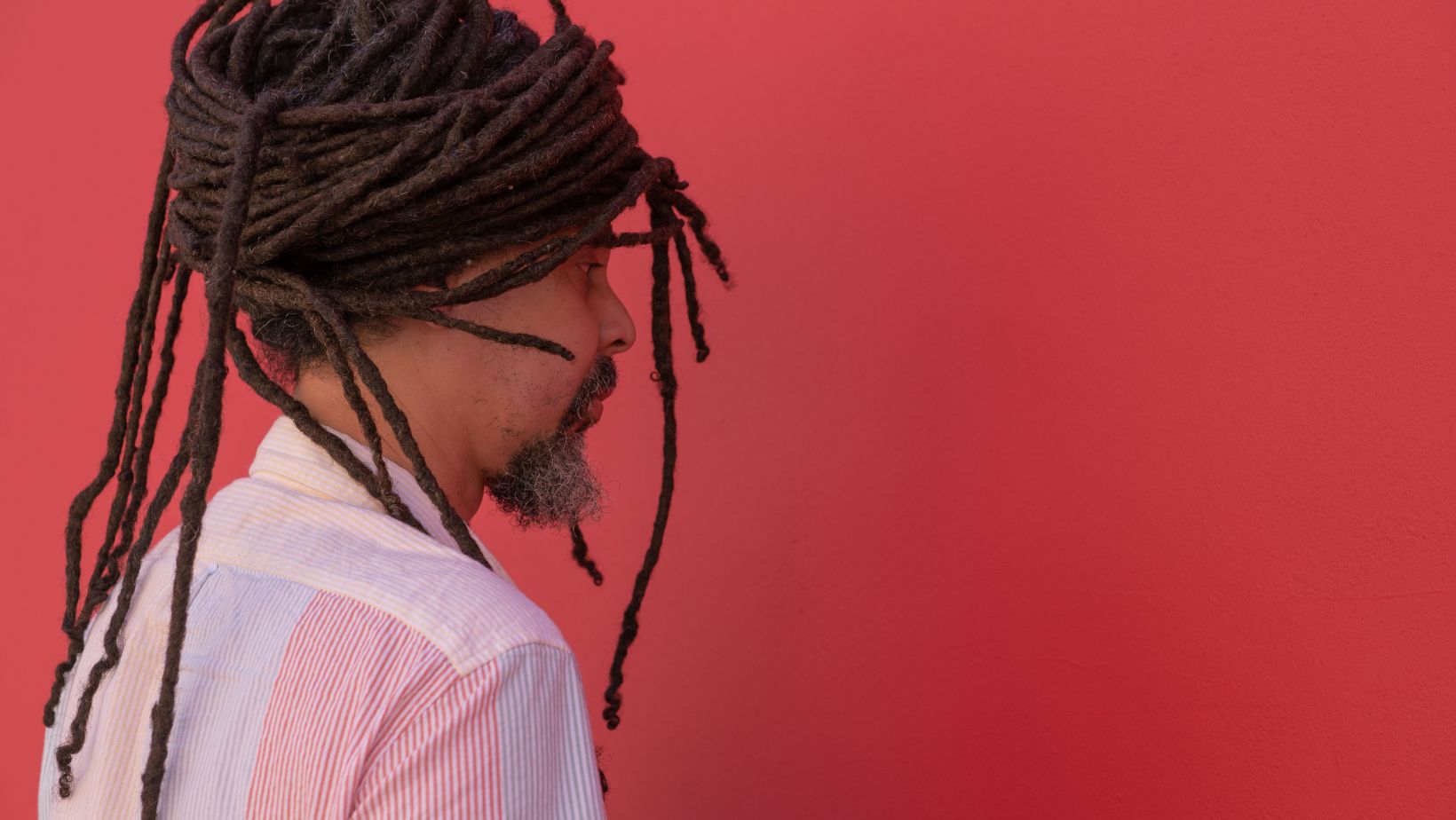How to Start Locs on Natural Hair: A Foolproof Steps

Starting locs on natural hair can be a daunting task for many, but with the right knowledge and technique, it’s an achievable goal. If you’re wondering how to start locs on your natural hair, I’ll guide you through the process step by step.
Firstly, it’s important to understand that starting locs is a commitment. It requires patience and dedication as the process takes time. One popular method is the “twist and rip” technique. To begin, make sure your hair is clean and free of any product buildup. Divide your hair into small sections and then twist each section tightly from root to tip. After twisting, use a small comb or your fingers to rip apart the twisted section about halfway down its length. This creates separation within the loc and encourages it to lock over time.
Preparing Your Natural Hair For Locs
Understanding The Basics of Natural Hair
Before embarking on your loc journey, it’s essential to have a good understanding of your natural hair. Knowing its texture, porosity, and density will help you determine the best method to start your locs.
Take some time to observe your hair and identify its unique characteristics. Is it fine or coarse? Is it tightly coiled or loosely curled? Understanding these aspects will guide you in choosing the right technique and products for starting your locs.
Cleansing And Detoxifying Your Hair
Clean hair is crucial when starting locs as it creates a healthy foundation for the locking process. Begin by thoroughly cleansing your hair to remove any product buildup, dirt, or oils that could hinder the locking process.
Consider using a clarifying shampoo or an apple cider vinegar rinse to detoxify your scalp and eliminate residue. These deep-cleansing methods will ensure that your hair is free from any barriers that may prevent the strands from intertwining properly during the loc formation.
Moisturizing And Conditioning Your Hair
While clean hair is important, maintaining proper moisture levels is equally vital when preparing for locs. Dryness can lead to breakage, which can be particularly damaging during the early stages of locking.
Moisturize your natural hair regularly with water-based products like leave-in conditioners or spritzes. Additionally, apply natural oils such as coconut oil or jojoba oil to seal in moisture and keep your locks hydrated throughout their development.
Conditioning treatments are also beneficial for strengthening and nourishing your hair before starting locs. Deep conditioning masks or protein treatments can help fortify weak areas and promote overall hair health.

How To Start Locs On Natural Hair
In this section, I’ll guide you through the process of sectioning and parting your hair to ensure that your locs are formed evenly and securely.
To begin, here’s a step-by-step breakdown of how to section and part your hair for starting locs:
- Cleanse and detangle: Before you start sectioning, it’s important to cleanse your hair thoroughly using a clarifying shampoo. This will remove any product buildup or residue that could hinder the locking process. After washing, gently detangle your hair with a wide-toothed comb or your fingers to ensure smooth sections.
- Divide into sections: Divide your hair into small, manageable sections using either the “comb and clip” or “freehand” method. The size of each section will depend on personal preference and the desired thickness of your locs. Some common methods include dividing the hair into squares, triangles, or diamond shapes.
- Secure each section: Once you’ve divided your hair into sections, use small elastic bands or clips to secure them temporarily. This will help keep the sections separate as you work on one at a time.
- Begin parting within each section: Within each secured section, start parting smaller subsections using a rat-tail comb or your fingers. The size of these subsections will determine the width of each individual loc.
- Create clean parts: As you part each subsection, aim for clean parts that run parallel to one another from root to tip. This will result in neater-looking locs once they mature.
Remember, starting locs is a gradual process that requires patience and maintenance. As your locs mature, it’s important to establish a regular routine for washing, moisturizing, and maintaining them to keep them healthy and thriving.
By following these steps for sectioning and parting your natural hair when starting locs, you’ll be well on your way to achieving beautiful, well-formed locs that reflect your unique style and personality.
What's Your Reaction?
Deepak is a lover of nature and all things sporty. He loves to spend time outdoors, surrounded by the beauty of the natural world. Whether he's hiking, biking, or camping, Deepak enjoys being active and in touch with nature. He also loves to compete and push himself to his limits. Deepak is an avid cyclist, runner, and swimmer. He has competed in several triathlons and marathons, and is always looking for new challenges to take on.


